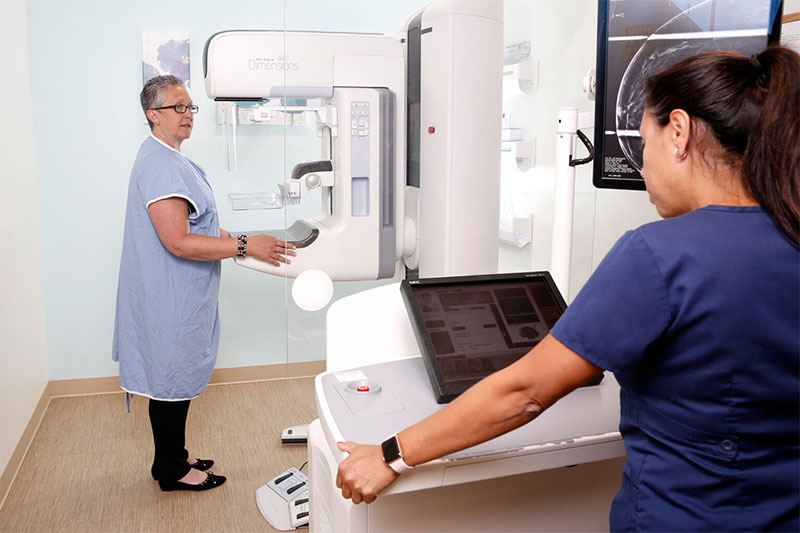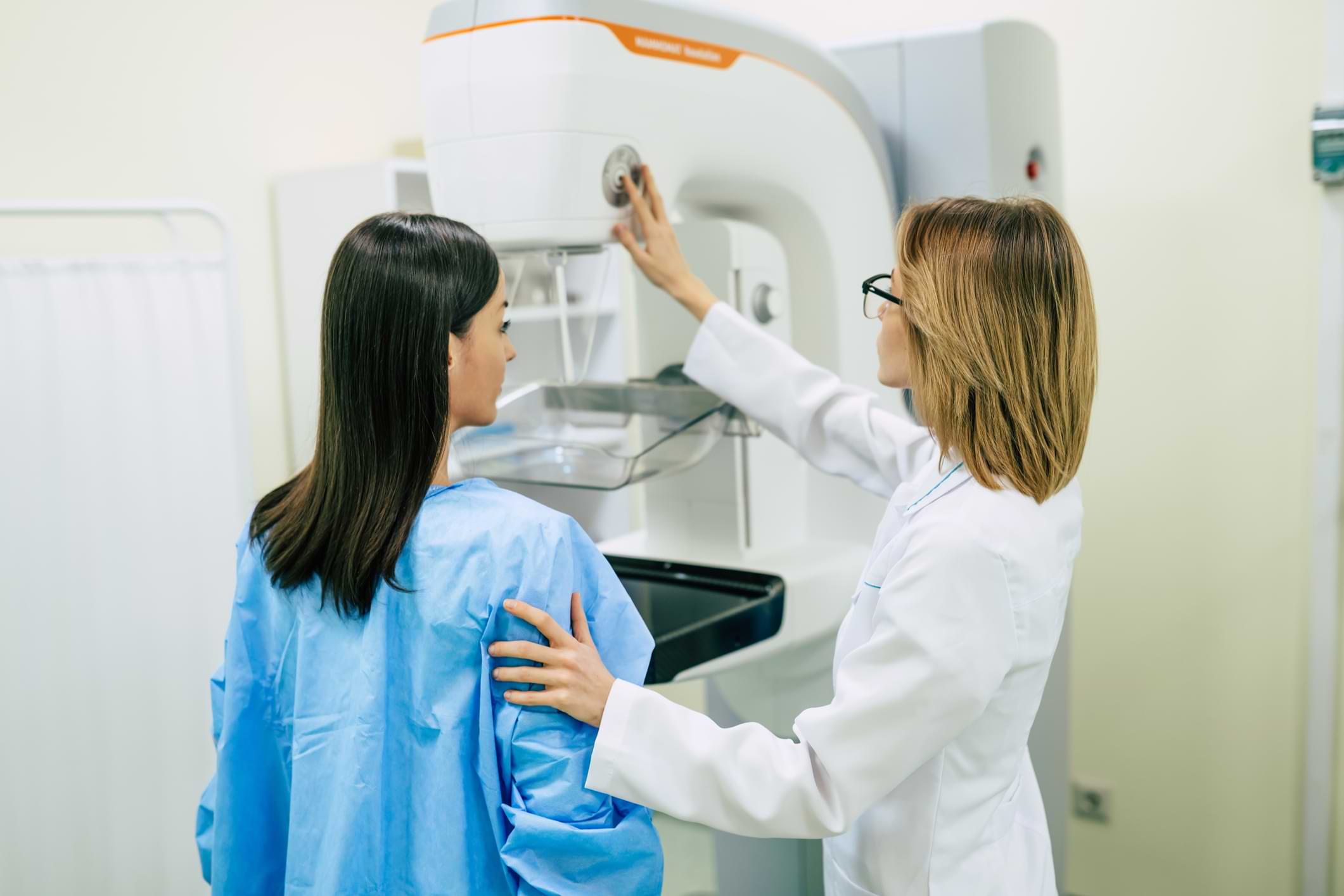Diagnostic Imaging In Detecting Cardiovascular Diseases
Understanding cardiovascular diseases can feel overwhelming. Diagnostic imaging plays a crucial role in detecting these conditions early. It helps doctors see inside the body without surgery. This allows for accurate diagnosis and treatment planning. Techniques range from X-rays to MRIs. Each method offers unique insights. interventional radiology is another vital tool. It uses imaging to guide treatments, often providing less invasive options. With these tools, doctors can address heart issues more effectively.
Types of Diagnostic Imaging
There are several types of diagnostic imaging used in evaluating heart health. Each offers specific benefits and can be selected based on the patient’s needs.
- X-Ray: This is one of the most common imaging techniques. It provides a clear image of the heart and lungs. It is often the first step in identifying heart issues.
- Ultrasound (Echocardiogram): This technique uses sound waves to create images of the heart. It helps in assessing heart structures and function.
- Magnetic Resonance Imaging (MRI): An MRI provides a detailed picture of the heart’s structure. It is particularly useful in examining soft tissues.
Benefits of Early Detection
Early detection of cardiovascular diseases can greatly improve outcomes. Here are three main benefits:
- Timely Intervention: Early diagnosis allows for prompt treatment. This can prevent the condition from worsening.
- Better Treatment Outcomes: Treatment is often more effective when started early. This can lead to better long-term health.
- Informed Lifestyle Changes: Knowing your heart health can motivate healthier lifestyle choices. This may include diet and exercise modifications.

Comparison of Imaging Techniques
The table below compares key features of common diagnostic imaging techniques:
| Technique | Radiation Exposure | Detail Level | Invasiveness |
|---|---|---|---|
| X-Ray | Yes | Basic | Non-Invasive |
| Ultrasound | No | Moderate | Non-Invasive |
| MRI | No | High | Non-Invasive |
Role of Interventional Radiology
Interventional radiology is an advanced form of diagnostic imaging. It is used not only for diagnosis but also for treatment. This technique involves using imaging to guide medical procedures. It often results in less pain and quicker recovery times.
Conclusion
Diagnostic imaging is a cornerstone in detecting and managing cardiovascular diseases. With various imaging techniques available, doctors can choose the most suitable method for each patient. This ensures accurate diagnosis and effective treatment. Interventional radiology further enhances these capabilities. By providing less invasive options, it supports better patient outcomes. Through early detection and timely intervention, we can improve heart health significantly.








